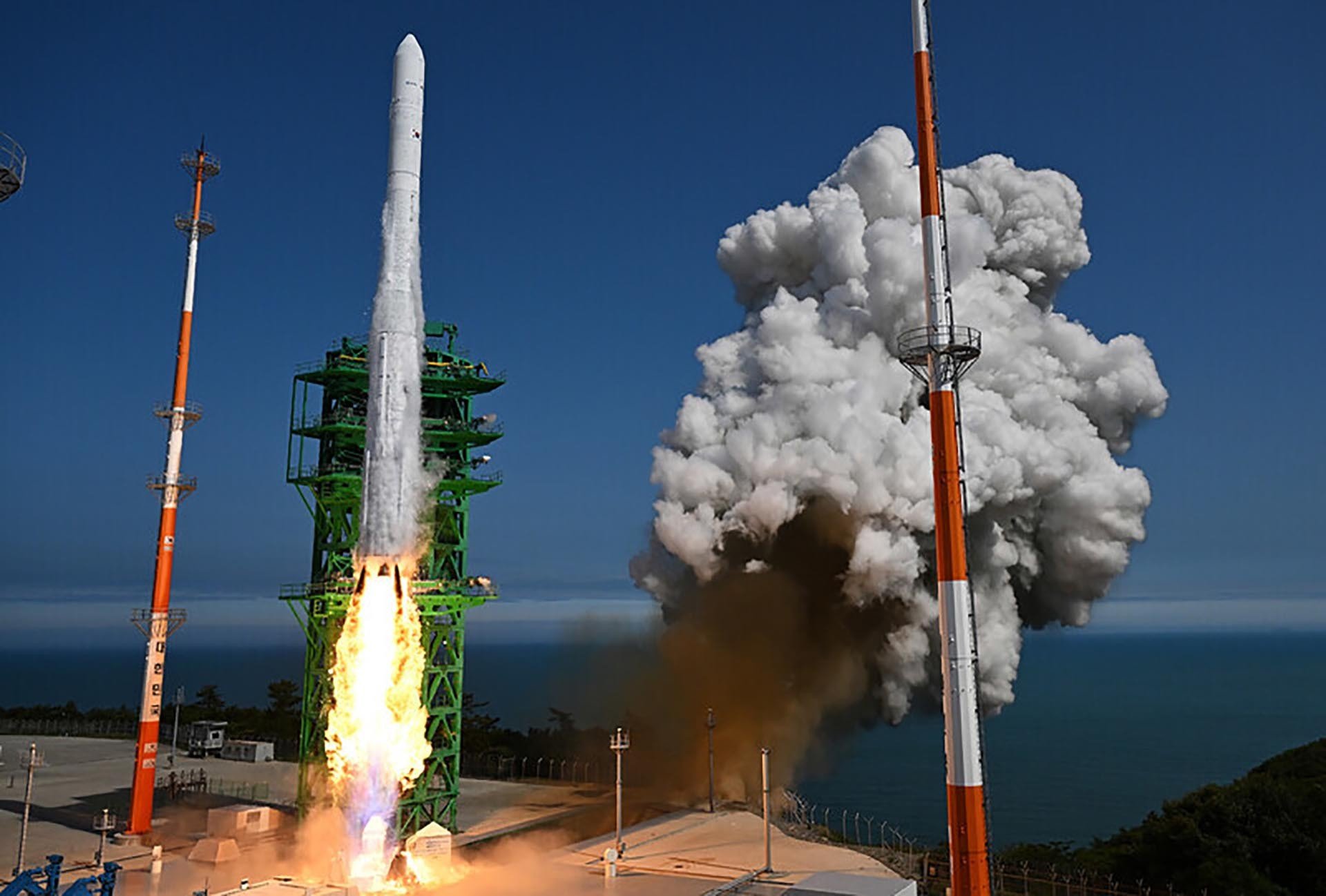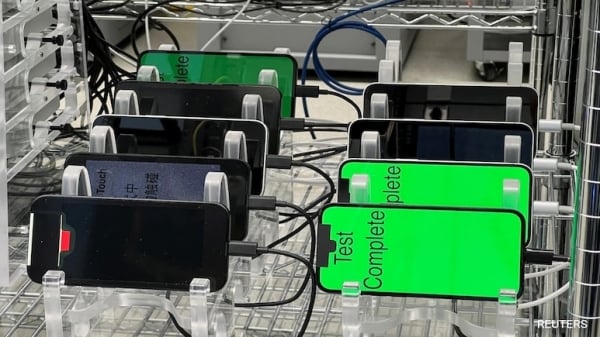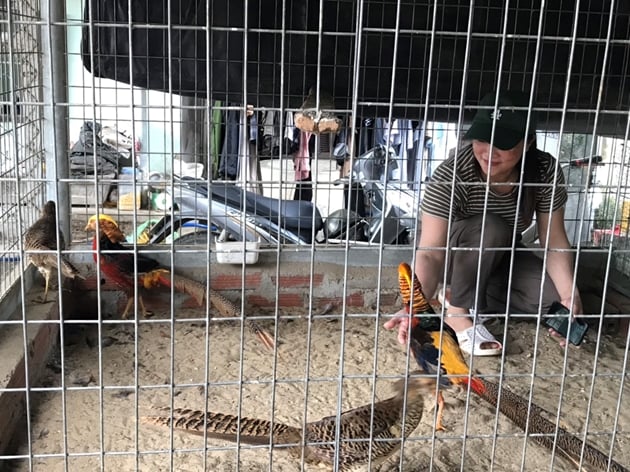 |
| The successful launch of the Nuri rocket from the Naro Space Center in Goheung Village, South Jeolla Province, South Korea. (Source: The Hankyoreh) |
On May 25, South Korea successfully launched a Nuri rocket carrying eight satellites into orbit, marking an important step forward in the country's space exploration program.
The Nuri rocket is 47.2 meters long, equivalent to a 15-story apartment building, has a diameter of up to 3.5 meters and weighs 17.5 tons. Unlike the first and second launches, which only carried simulated satellites, the Nuri rocket in this third launch carried eight experimental satellites that can perform real missions.
Competitive advantage
South Korean President Yoon Suk Yeol expressed his joy after the successful launch of the Nuri rocket. He emphasized that this is a milestone that puts the kimchi country on the list of seven countries capable of sending satellites into orbit using domestically developed rockets.
“This will change the way the world views Korea's space science technology and advanced industry,” President Yoon Suk Yeol affirmed.
The three-stage Nuri rocket has been under development for the past decade at a cost of 2 trillion won (more than 1.5 billion USD).
South Korea launched its first Nuri rocket on October 21, 2021. The rocket reached its target altitude of 700 km but failed to put a dummy satellite into orbit due to a premature third-stage engine burnout. South Korea launched another Nuri rocket in June last year to put dummy satellites into orbit.
The success of the third Nuri rocket launch confirmed “our potential for various space exploration and satellite activities,” said Science and Technology Minister Lee Jong-ho, adding that South Korea will conduct three more Nuri rocket launches between now and 2027.
The Nuri rocket is seen as a key part of Seoul’s ambitious plans for space exploration, which include sending spacecraft to the Moon by 2032 and to Mars by 2045.
“Heat” from China
Since the early years of the 21st century, China has made significant progress in the field of space exploration. Thanks to abundant resources and systematic policies, China has successfully built a network of information infrastructure and space exploration.
In 2020, China successfully launched the last satellite in its Beidou navigation network. Up to that point, according to CNN , the world had only four major global navigation satellite networks, including the US's GPS, Russia's GLONASS, the European Union's Galileo, and now China's Beidou. By 2025, China's Beidou navigation system is expected to generate annual profits of up to $156.22 billion.
According to the Global Times , China conducted 64 satellite launches in 2022. Many private companies in China are developing satellite launch rockets, and some companies have begun to launch satellites into orbit.
In March 2022, Beijing-based startup GalaxySpace launched six communications satellites into low Earth orbit, while domestic rival Galactic Energy launched five satellites this past January.
Japan restarts
Not only the US, Russia and the EU but many other countries are also feeling the heat from China's space program. Japan is no exception. Tokyo has begun to devote resources to restarting its space program.
Japan was one of the earliest Asian nations to launch a space program, becoming the fourth country to launch a satellite into orbit. But over the years, Tokyo has been left behind by many other nations. The country spends an average of $3 billion a year on space exploration, compared to $36 billion for the United States and $4.9 billion for China.
Sharing with Nikkei newspaper, Mr. Asai Yosuke, Director of the Space Industry Office under the Ministry of Economy, Trade and Industry of Japan, said that the Japanese space industry is 90% dependent on the government. "By increasing public funding in this field, Tokyo wants to promote space companies to develop the ability to meet civilian needs at home and abroad."
“Just a decade ago, the government had no interest in private companies in the space sector,” Yuya Nakamura, director of satellite design and manufacturing company Axelspace in Japan, told the Financial Times . “But since the late Prime Minister Shinzo Abe promised to make Japan’s space industry worth $21 billion by 2030, private companies like us have started to receive financial and expert support from the government.”
India is not far behind.
Meanwhile, India is emerging as a credible satellite launch service provider to potential customers.
Developing the space sector is a key plank of Prime Minister Narendra Modi’s “Make in India” campaign, which aims to position the world’s fifth-largest economy as a leading destination for technological innovation.
In recent years, India has focused on developing its space industry to gain a bigger slice of a market estimated to be worth $600 billion by 2025.
NewSpace India is helping India compete in the space race. In October 2022, the company successfully launched 36 satellites for British company OneWeb. NewSpace is ramping up production of India’s largest satellite launch vehicle, the LVM3.
Neil Masterson, CEO of OneWeb, said NewSpace India has a real chance to become a major global commercial satellite launch service provider.
In the last financial year, NewSpace India posted a revenue of Rs 17 billion ($210 million) and a profit of Rs 3 billion ($41 million). The company is providing satellite launch services to 52 international clients.
The race in the field of space science is taking place in Asia. Space exploration and space technology activities are making some Asian powers gain significant benefits, especially affirming their names on the map of countries "having a share" in the universe...
Source






































Comment (0)